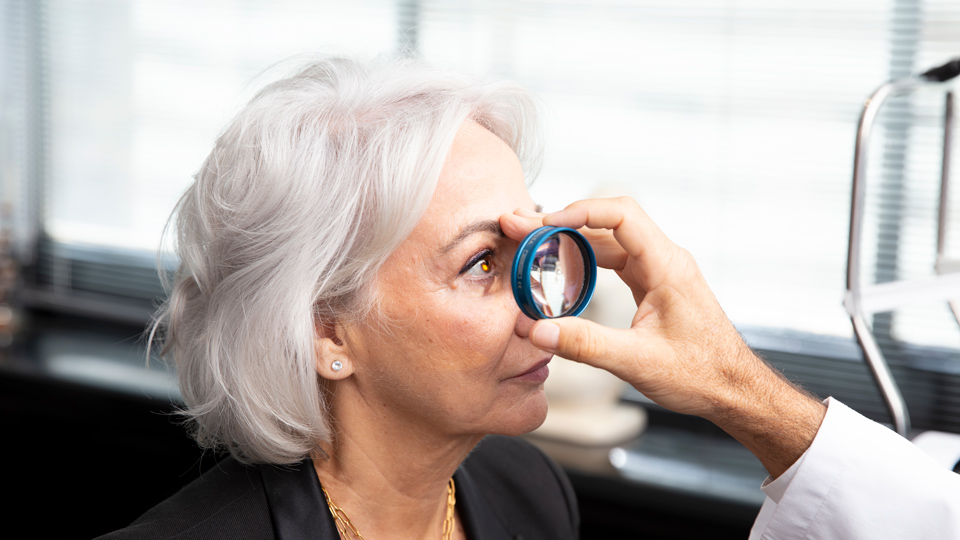Benefits of strength training
22/04/2025

02/12/2024
The blood flow to the eye can become blocked, causing occlusion of the central retinal artery (CRAO) or one of its branches, a condition commonly referred to as a "retinal stroke." It is considered equivalent to a cerebrovascular accident (stroke) and has been shown to increase the risk of systemic cardiovascular events (cerebral or cardiac) immediately after, within days or weeks. For this reason, it is strongly recommended to seek emergency care as soon as possible for evaluation. This is a serious eye condition that can have significant consequences on the retina, the light-sensitive layer of the eye that sends visual signals to the brain. Its onset can cause sudden, severe, and painless vision loss.
This condition is typically caused by an embolus—composed of cholesterol, calcium, or less commonly other substances—that travels from another part of the body to the eye, blocking blood flow and oxygen transport in the central retinal artery or its branches. In some cases, it can occur in the context of vasculitis or vascular spasm. Various risk factors can increase the likelihood of this condition, including cardiovascular disease, diabetes, high cholesterol, smoking, advanced age, or blood clotting disorders.
Patients suffering from retinal artery occlusion usually experience sudden vision loss, typically in one eye, without pain. This may manifest as complete vision loss, partial loss affecting a portion of the visual field, or blurred vision. Diagnosis is made through a comprehensive eye examination that may include various tests to evaluate the retina. Using a fundus exam, a specialist can closely observe the retina and its blood vessels. Additional tests, such as retinal photography (retinography) and macular optical coherence tomography (OCT), may be conducted to obtain detailed images of the retina’s layers at the macular level.
An ophthalmologist may perform procedures or prescribe medication to attempt to restore blood flow. These measures can include reducing intraocular pressure through ocular massage or removing fluid from the anterior chamber of the eye (paracentesis). However, none of these treatments have been proven effective, especially if more than four hours have passed since the onset of symptoms.
The visual prognosis after central retinal artery occlusion is uncertain. While some patients may experience partial visual recovery, the majority suffer permanent vision loss.
There are several steps we can take to help prevent retinal artery occlusion, including managing cardiovascular risk factors such as hypertension, diabetes, and high cholesterol levels. Adopting a healthy lifestyle with a balanced diet, regular exercise, and avoiding tobacco use are also important measures to reduce the likelihood of developing this condition.
Dr. Silvana Belotto, ophthalmologist at the Barraquer Ophthalmology Centre